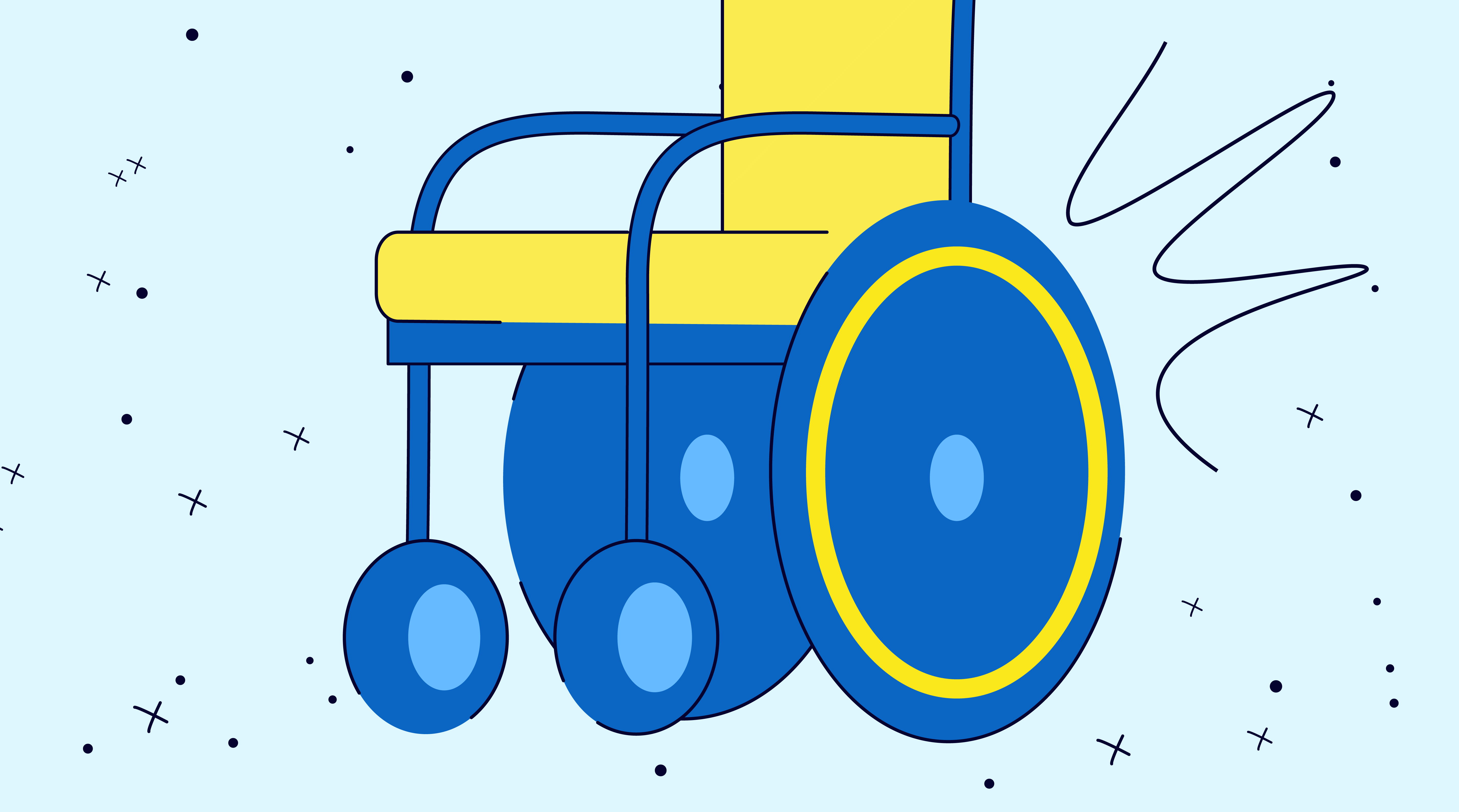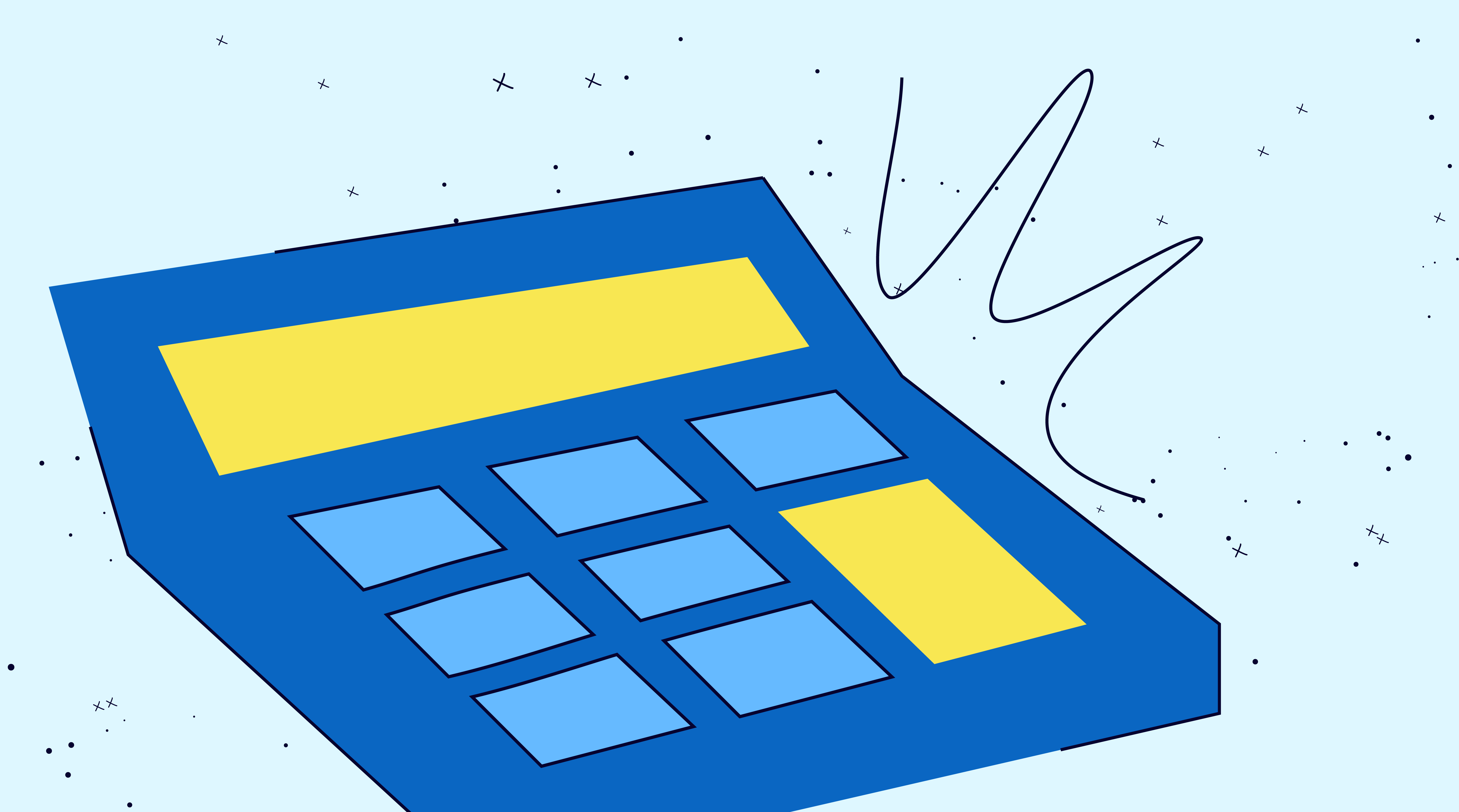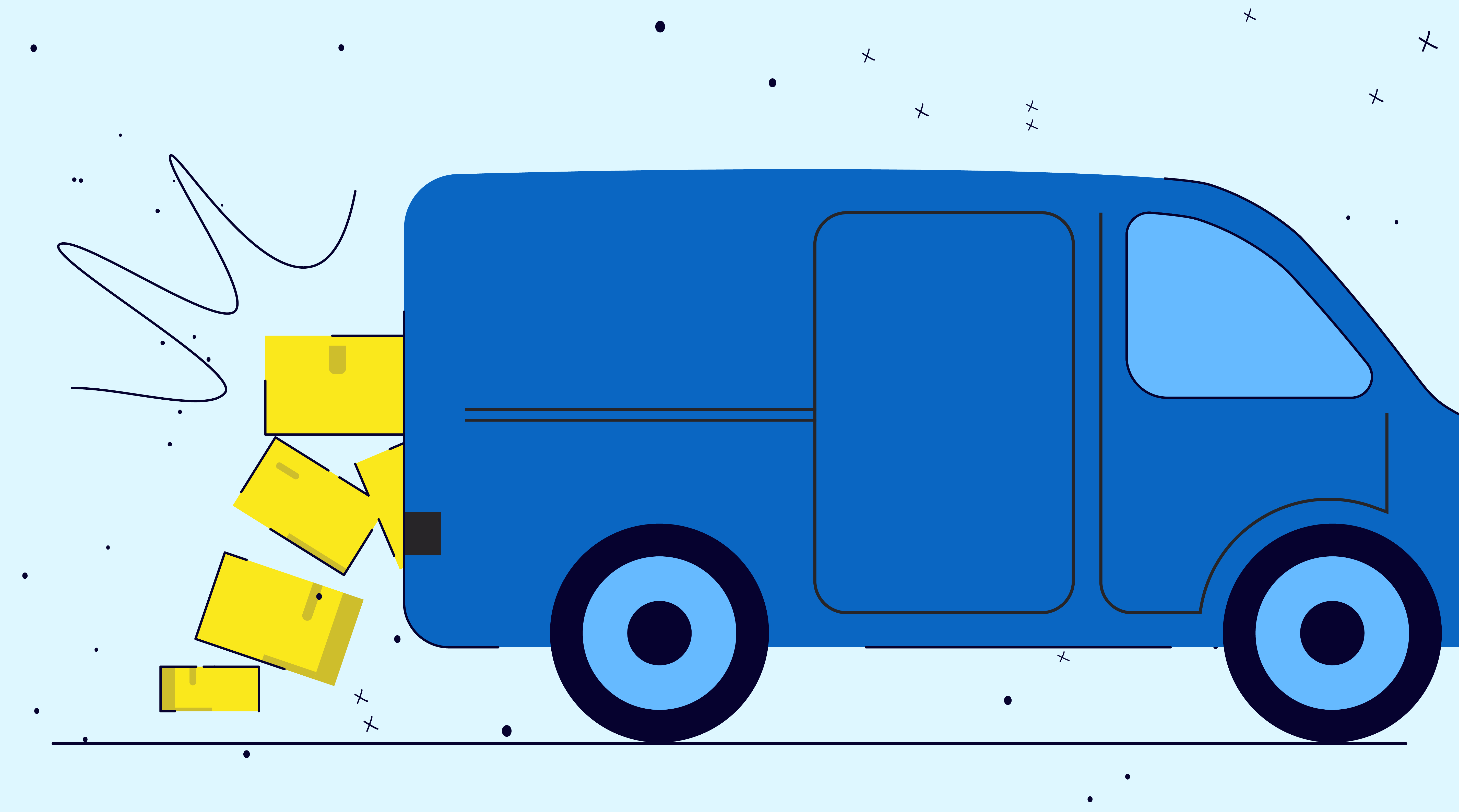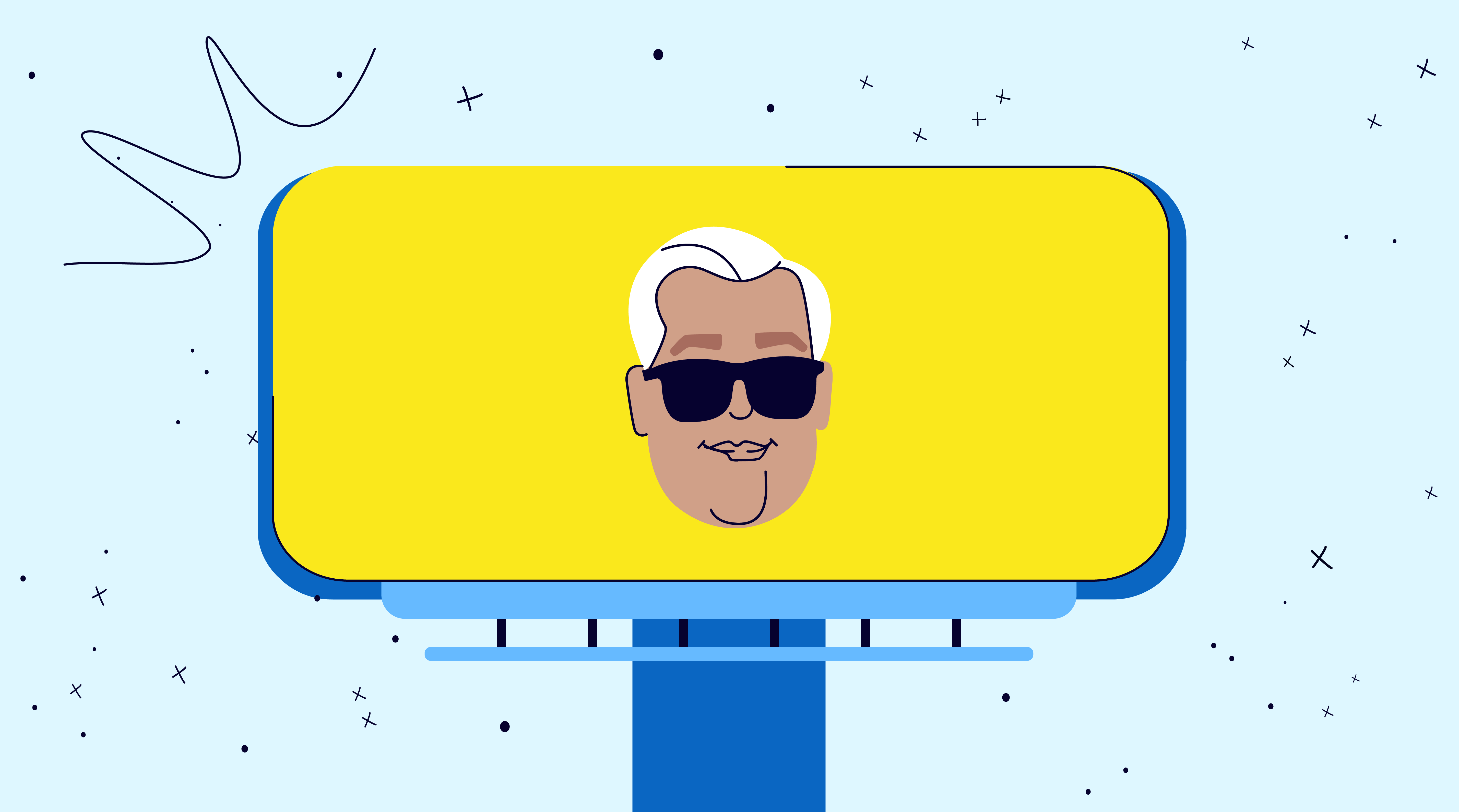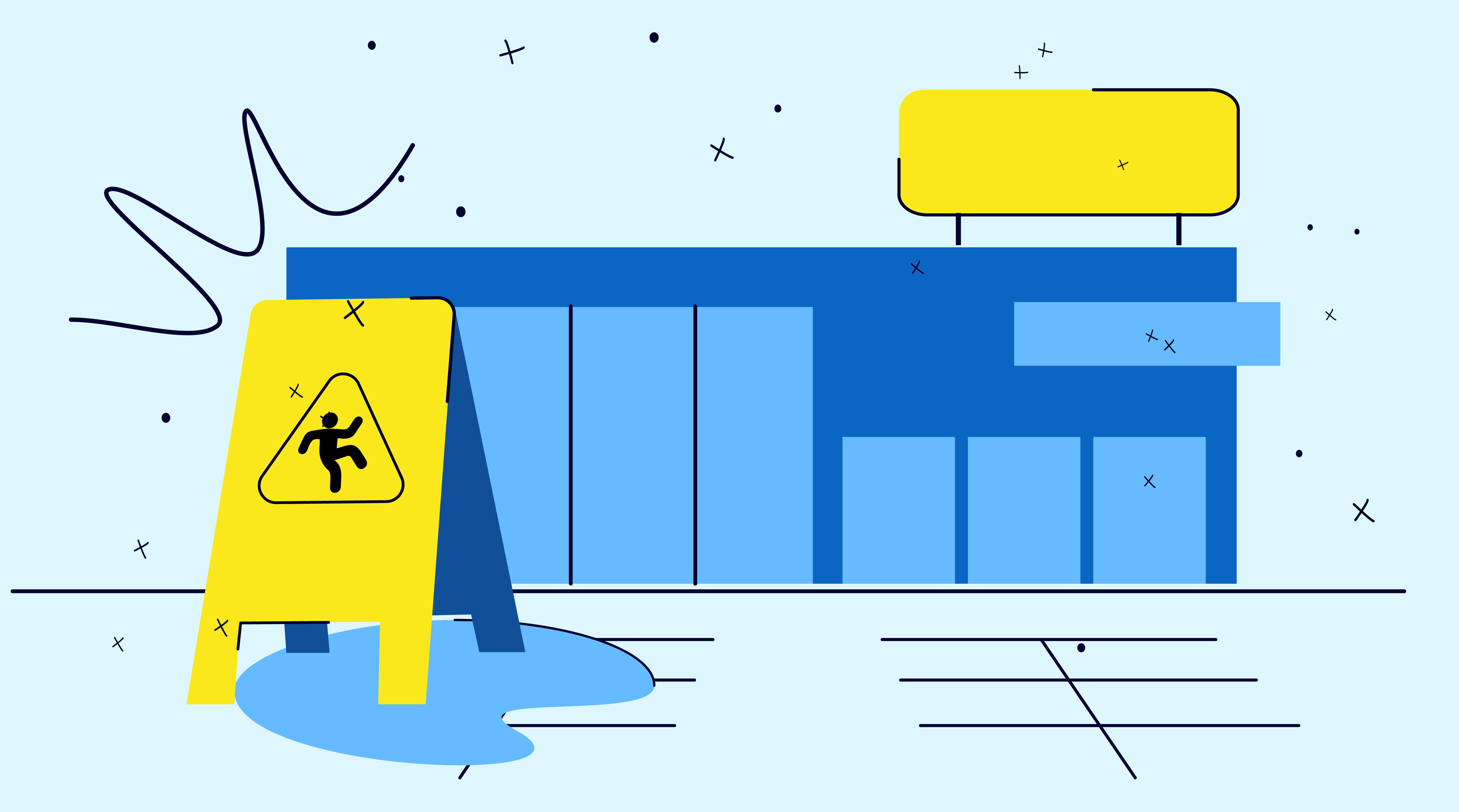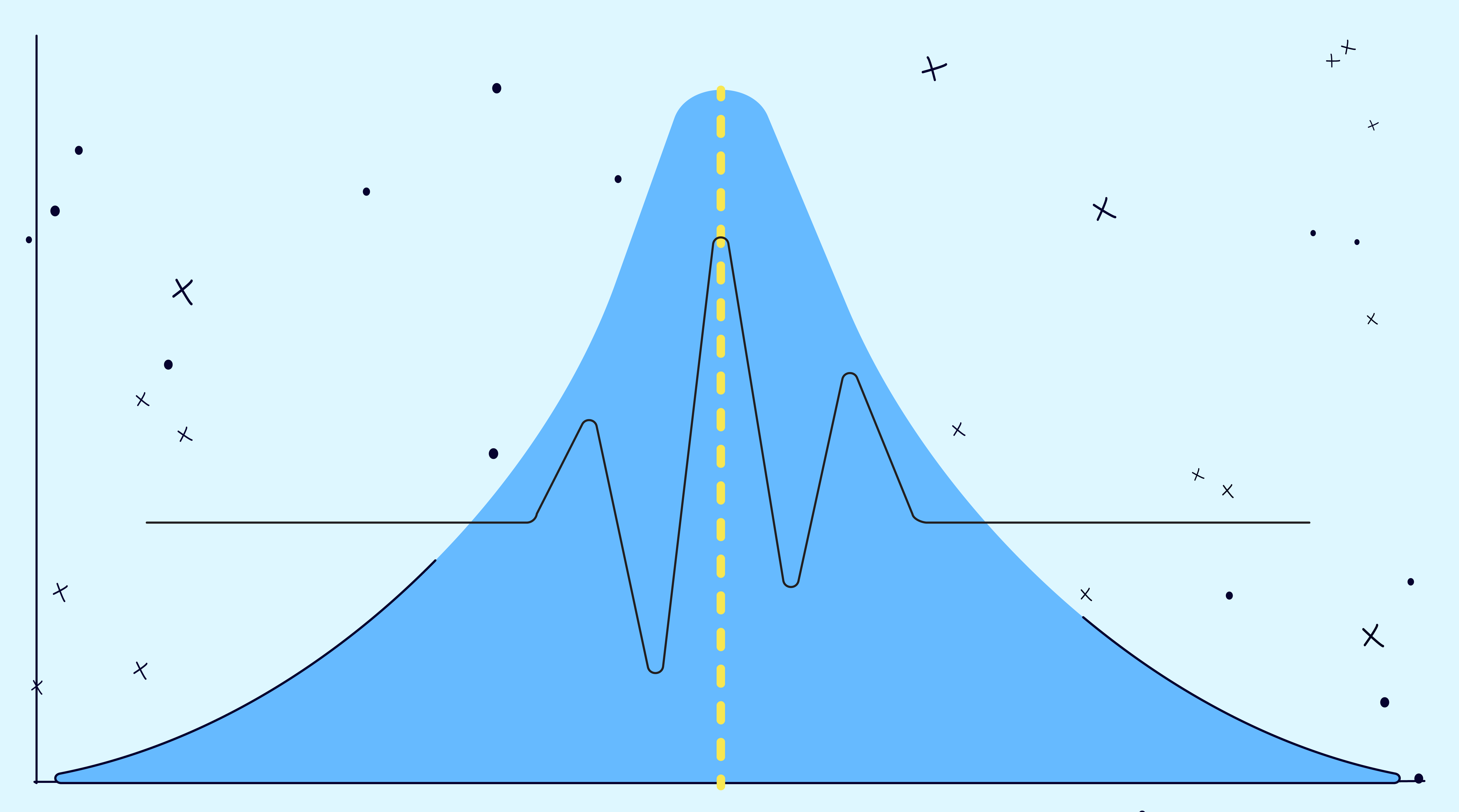There were 168,320 truck accidents on America’s roads in 2022. Of those, 4,766 were fatal. And in the same year, 76,180 individuals were injured in truck accidents.
But behind every trucking accident lies a web of liability, often extending beyond the driver and trucking company. When various logistics models, from 1PL to 5PL, are unpacked the nuanced layers of responsibility in trucking litigation are exposed. Those truck accident lawyers who fail to grasp these models miss out on millions by leaving available insurance policies untapped and not holding all potential players accountable.
“They control the methods and the means,” Morgan & Morgan’s Jonathan Brozyna notes. “Because when you initially get that case and you see an accident report, it'll list the driver and the trucking company. But it will not list the broker. It will not list the actual shipper of that good. And you will not find out that unless you conduct the discovery that you need to determine who actually controls that driver.”
In trucking litigation, uncovering layers of liability identifies multiple responsible parties, potentially increasing compensation. More parties mean more insurance policies to target for damages. This, in turn, necessitates thorough investigation and skilled representation.
Understanding Logistics Models in Trucking Litigation
For a PI attorney representing a client involved in a trucking accident, understanding the range of logistics providers and their differences has become ever more complex.
“These are all structures that are designed to improve efficiency and improve the bottom line for the company that's trying to really move its products because transportation costs can be rather significant,” Crosby Crane, an experienced trucking lawyer with Morgan & Morgan, explains. “So the more that they can reduce friction getting their product from their factory, from their fields, from their warehouse to the shelves or maybe even to your house, that's good for the bottom line.”
While certain firms manage logistics internally, a growing proportion are opting to outsource these services and adopting fluid organizational structures that are constantly evolving. The quantity of these models is on the rise, occasionally leading to confusion, even among industry insiders who may incorrectly categorize themselves as one or the other.
“The difference between the different structures in the transportation cycle sounds a little bit complicated,” Crane says, “but you have to know what you're looking for.”
From PL1 to PL5, the Players and Potential Liability
Let’s dive into the intricacies of the trucking transportation cycle, identify the players and explore the potential liabilities associated with each model.
Some definitions:
In logistics and trucking, the "PL" typically stands for "party" or "provider." Here's what each term represents. The “shipper” is the company having the goods shipped. The “carrier” is generally a transportation company, which may be a single owner-operator of a truck.
1PL: First-party logistics involves a shipper delivering its own products
2PL: Second-party logistics involves a shipper hiring a carrier
3PL: Third-party logistics involves a shipper outsourcing logistics operations to a broker who then coordinates the process, including warehousing, transportation and distribution
4PL: Fourth-party logistics involves a company outsourcing their entire supply chain logistics to a shipping firm.
5PL: Fifth-party logistics extends the concept further, often involving digital platforms or networks that connect various parties in the supply chain.

1PL: Direct Logistics
Consider a shipper transporting canned goods with his own truck from his production facility to his local grocery store. There are no intermediaries involved. The shipper manages his own logistics autonomously, utilizing internal resources and expertise for operations. This is an example of a 1PL, first-party logistics provider.
Players
There is only one player involved, namely the shipper that owns the goods being transported.
Potential Liability
Should the company’s truck be involved in a crash on the way to the grocery store with your client, the driver and or the shipper would be the only liable parties.
2PL: Intermediated Logistics
A second-party logistics (2PL) provider, such as a freight forwarder, specializes in transporting goods. Under this 2PL model, the shipper engages a carrier for specific transport or logistic duties, retaining overall responsibility. Typically cost-driven, this arrangement is often short-term.
Players
There are two players involved: the shipper and the carrier - the party that provides the transportation service.
Potential Liability
A carrier could be held liable if, for example, the accident occurred due to the negligence of the carrier, due to the truck driver's reckless driving, or even due to improper loading of the truck.
3PL: When a Broker Is Involved
In the 3PL model, the shipper retains oversight while delegating transportation and logistics to an intermediary, who may subcontract tasks. 3PL services encompass logistics operations like warehousing and delivery, while offering a suite of services such as transportation, inventory management, and order fulfillment.
Players
Three players are involved: the company, the carrier and the third-party logistics provider (3PL). This is an external company that provides logistics services to the company.
Potential Liability
The level of complexity escalates. In a trucking accident involving a third-party logistics (3PL) provider, liability may involve multiple parties, depending on the specifics of the accident. The scenarios of liability at this level can proliferate. Here are just a few:
- Carrier Liability: If the accident was caused by the negligence of the carrier hired by the 3PL provider, such as a truck driver's reckless driving or equipment failure, the carrier would likely bear primary liability.
- 3PL Provider Liability: The 3PL provider may share liability if they were negligent in selecting the carrier, failed to properly vet their safety record, or if they provided inaccurate instructions or information that contributed to the accident.
- Shipper Liability: If the shipper was negligent in packaging the goods or providing inaccurate information to the 3PL provider, they could share liability for the accident.
4PL: Complex Supply Chains
“4PL and 5PL are situations where essentially the shipper or the company that's moving its products is completely removing itself from the logistics process, and leaving that – such as the transportation, the storage, and the movement of that inventory – to a third-party company,” Crane observes.
Serving as a strategic partner, the 4PL approach outsources logistics activities throughout the supply chain, coordinating multiple 3PL providers and offering expansive warehouse networks and expertise in areas like supply chain software and demand forecasting.
Ideal for large companies with intricate global logistics, 4PL emphasizes long-term partnerships focused on quality and shared risks and benefits.
Players
Four players are involved: the shipper, the carrier, the third-party logistics provider (3PL) and the fourth-party logistics provider (4PL). The 4PL is an external entity that serves as a strategic partner to the shipper, overseeing and coordinating the entire supply chain and logistics network.
Potential Liability
For the lawyer who discovers his client was struck by a truck involving a fourth-party logistics (4PL) provider, liability can become deeply complex. Direct involvement, such as the 4PL's negligent actions, can lead to liability. If negligence stems from a contracted third-party logistics (3PL) provider, the 4PL may share liability for inadequate oversight. And contract terms between the 4PL and client could also influence liability.
5PL: Dense Supply Chains with Fully Integrated Solutions
In this scenario, a logistics company manages our shipper’s complete supply chain network from production to delivery
The emergence of "5PL" in the logistics industry signifies a comprehensive integration of services by multiple outsourced providers, offering fully integrated solutions across the supply chain. They amalgamate the transportation needs of various logistics firms, serving as aggregators to negotiate favorable rates. With seamless IT system integration, this model is popular in e-commerce for encompasses planning, orchestration, and implementation of logistics solutions, supplemented by services like call centers and online payment systems.
Players
Five players are involved: the shipper, the carrier as well as third, fourth and fifth party logistics providers. A 5PL is typically a digital platform, like Amazon.com, that connects various parties in the supply chain, including shippers, carriers, 3PLs, and 4PLs, as well as other service providers and stakeholders.
Potential Liability
For example, if the accident stemmed from the negligence of a service provider contracted by the 5PL, the 5PL provider may share liability if they failed to supervise the actions of the service provider. And, depending on the specific circumstances of the accident, many other parties down the chain, including the carrier, truck driver, and or the shipper of the goods being transported could also be held liable.
Maximizing the recovery of a trucking accident is seldom straightforward. It hinges on a comprehensive understanding of the entirety of the incident and identifying each accountable player in the transportation cycle and their respective roles, as well as meticulously assessing all factors from negligence to damages.

